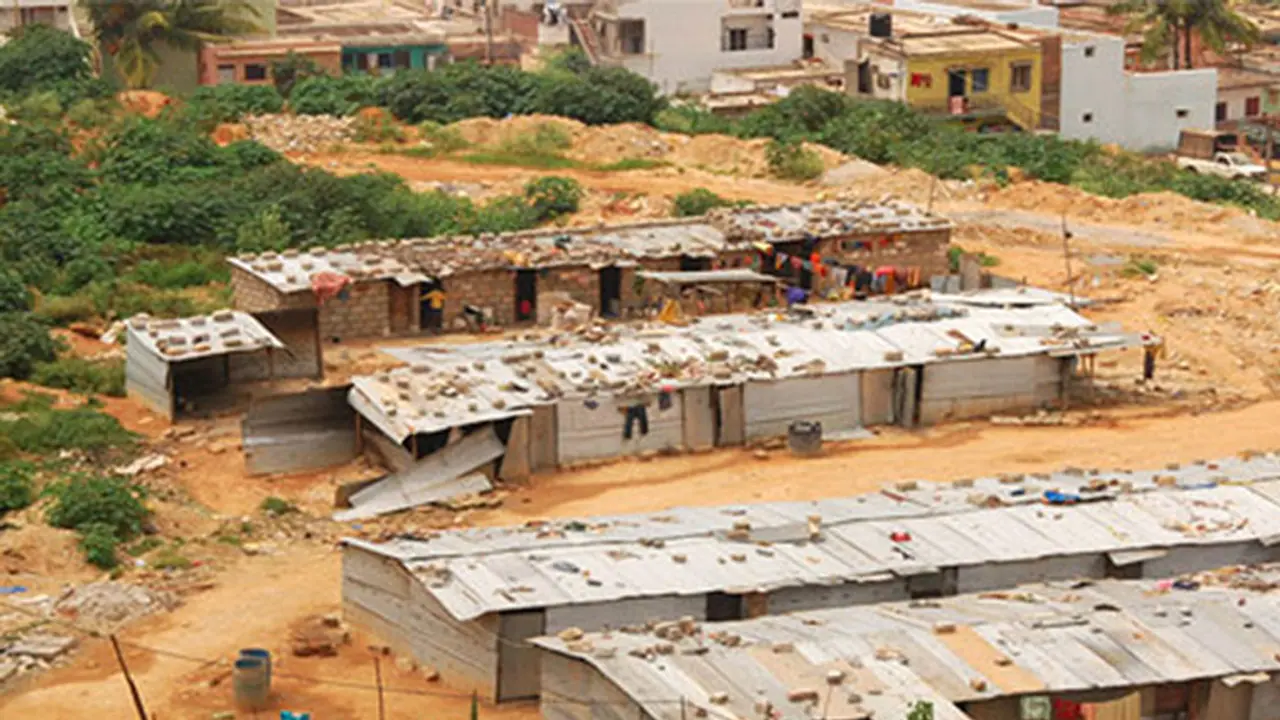As on July 27, 2016, 17 districts, 223 blocks, 31,077 gram panchayats and 68,808 villages have declared themselves as Open Defecation Free (ODF) In rural areas, 207.49 lakh toilets have been constructed under the mission and sanitation coverage has increased to 53.45% In urban areas, 58 cities and towns have so far
Only 17 of the 686 districts in the country have become open-defecation free so far, even as the government said rural sanitation programme was picking up under the Swachh Bharat Mission.

"As on July 27, 2016, 17 districts, 223 blocks, 31,077 gram panchayats and 68,808 villages have declared themselves as Open Defecation Free (ODF) as per the information uploaded by states on Integrated Management Information System (IMIS)," Drinking Water and Sanitation Minister Narendra Singh Tomar said during Question Hour in the Rajya Sabha.
In rural areas, 207.49 lakh toilets have been constructed under the mission and sanitation coverage has increased to 53.45% now. Whereas in urban areas, 58 cities and towns have so far become open defecation free, he said.
Up to June 2016, work has commenced on around 21.44 lakh individual household toilets and 20.73 lakh toilets completed.
While work has started on 1.40 community and public toilet seats and 68,506 seats have already been constructed, he said. There is 100% door-to-door waste collection in 38,990 wards, the Minister said.
Observing that there was a spurt in progress in rural sanitation after the launch of the mission on October 2, 2014, he said since sanitation is primarily a behavioural issue, the mission is, therefore, focusing on addressing the behaviour of communities to adopt safe sanitation.
Highlighting the steps taken to bring about behavioural change, Tomar said the states had been suggested to adopt a community-led and community-driven approach for behaviour change in rural areas.
On monitoring the programme, he said it had been strengthened to capture household level details on the IMIS.
Mobile application for uploading photographs of toilets constructed after October 2, 2014, has been developed. Third party monitoring is also being done through agencies such as National Sample Survey Organisation (NSSO) and Quality Council of India (QCI) among others, he said, adding that the progress of the mission was being monitored on a regular basis.
